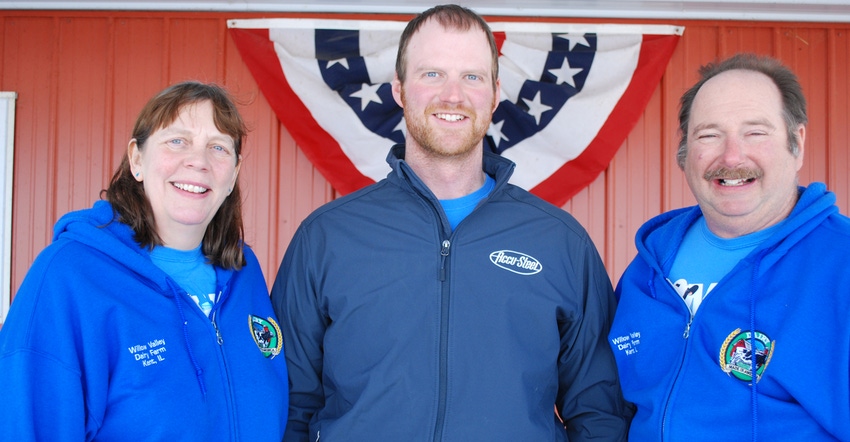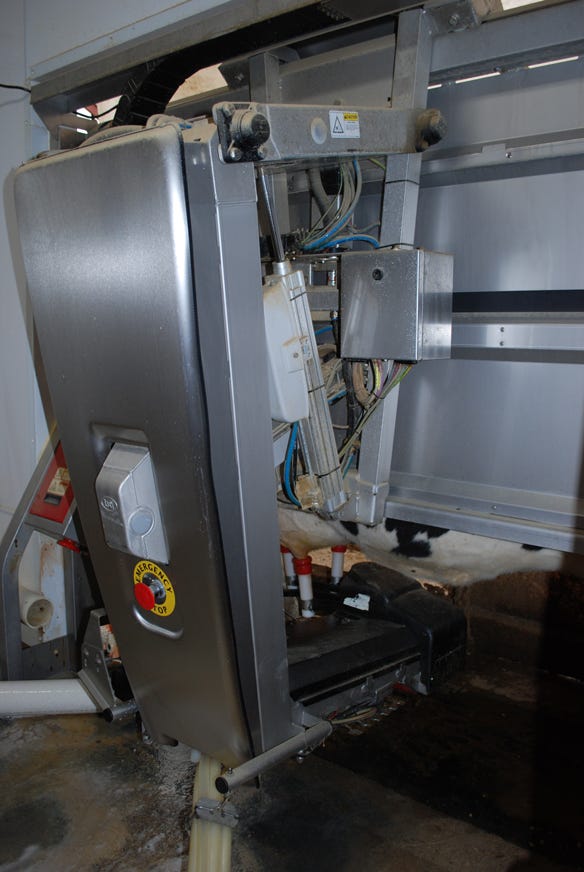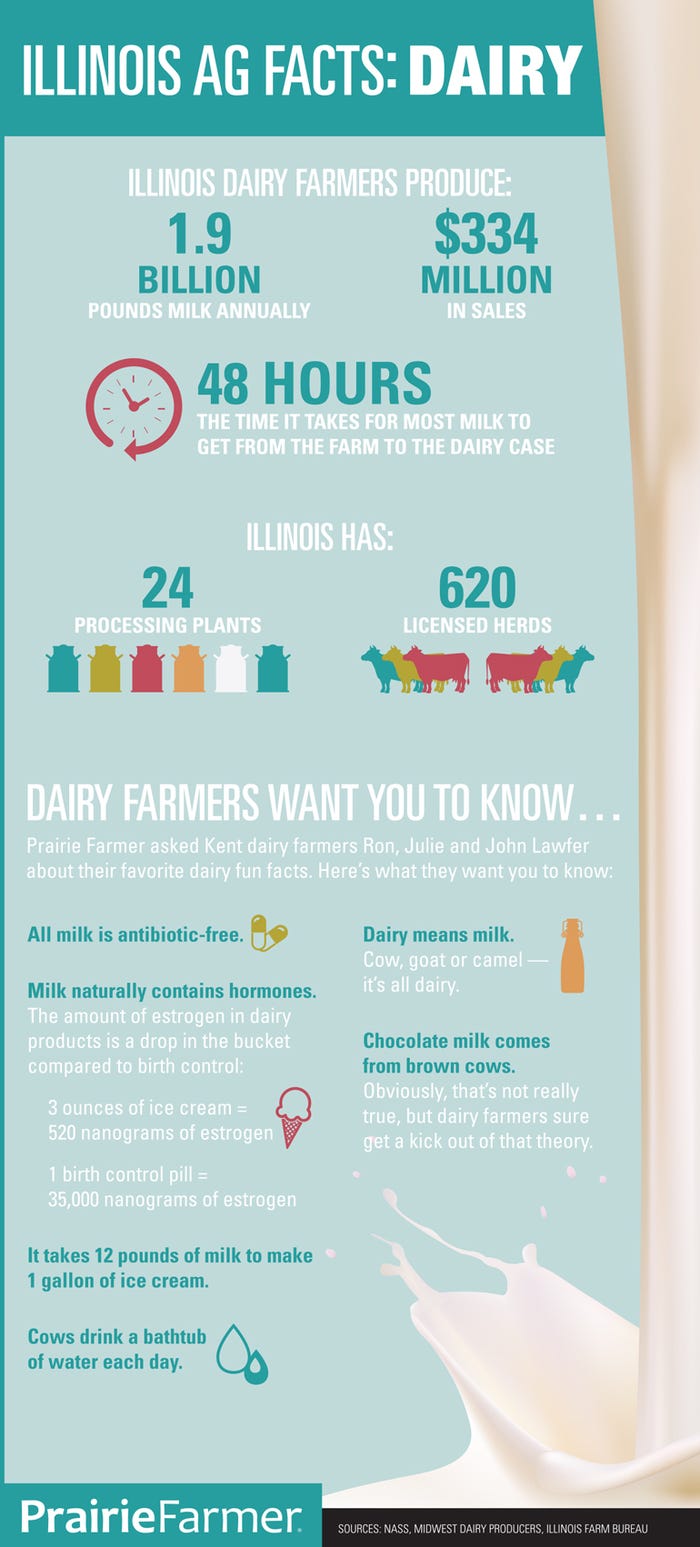
Upgrading a farm operation takes time, money and patience, say Ron, Julie and John Lawfer, the farmers behind Lawfer’s Willow Valley Dairy Farm. Two years after investing in a 300-by-124-foot fabric building and installing two Lely System robotic milkers, the Kent dairy farmers wouldn’t change a thing. They added a third robot in April 2016.
“Prices have been low, but we’re better off now than if we would have stayed where we were at,” Ron notes. Why? The dairy herd produces more, higher-quality milk compared to milking twice a day in a traditional parlor.
Here are four reasons why the Lawfers are sold on their robotic milkers:
1. Labor challenges. “Nobody wants to physically milk cows anymore, especially the younger generation,” John explains. Finding and keeping passionate employees isn’t easy, he adds. The robotic milkers keep milking even when they’re down one team member.
2. Animal husbandry. The time traditionally spent milking twice a day now goes to herd management. “We spend as many hours outside as we always have, but it’s a different type of labor,” Ron notes. The Lawfers have more time to focus on breeding, nursing sick animals and dealing with production challenges, like low producers.
3. Time flexibility. Dairy farmers take time off? Now they can, Ron says, without completely disrupting operations. Field work is less of a strain, John notes, especially in the spring and fall.
4. Happier, healthier cows. The expansive and bright fabric barn plus open access to the robotic milkers equals a healthy and productive environment for the herd. “The cows are doing what their biological system is telling them to do on their own time,” John explains. The cows choose when they are ready to milk instead of milking at set times.
The Lawfers offer a word of caution to dairy farmers who pursue robots: Be prepared for the transition time. “During the first few days, you wonder why you made this investment. And then you start seeing light at the end of the tunnel,” he explains. “It took about nine months to feel like the gears were really meshing.”
The farmers need adjustment time, too.
“Two years later, I’m just now feeling comfortable,” Ron notes. Acclimating to new roles and learning a new system takes time. It’s learning how to milk all over again, Julie notes, in different surroundings.

ROBOT AT WORK: “Nobody wants to physically milk cows anymore, especially the younger generation,” says John Lawfer. The time traditionally spent milking twice a day now goes to herd management.

The Lawfers recommend shopping around and physically visiting as many different dairy operations as possible before making a final decision. Write down the things you like and don’t like about each operation, Ron notes.
The Lawfers welcome fellow dairy farmers who are truly considering investing in robots to visit their operation. They open their barn doors to students and consumers, too. More than 500 visitors tour their farm every year to learn where milk comes from and to hear information about the dairy industry.
Check out the Lawfer’s dairy fun facts and Illinois dairy production numbers in the infographic below.

About the Author(s)
You May Also Like




